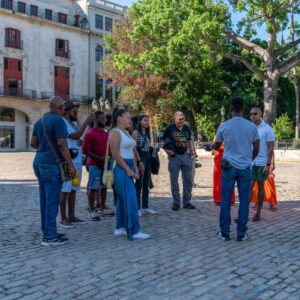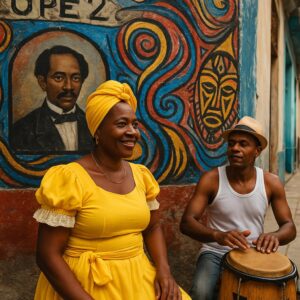
Discover the Centro de las Raíces: A Sacred Stop for Black Travelers in Havana
Imagine a space where culture, healing, and beauty come together. A place created for those of us who carry ancestral memory in our blood, who feel that tug to return—not just to a physical land, but to a deeper version of ourselves. That place exists in the heart of Old Havana, and it’s called Centro de las Raíces.








